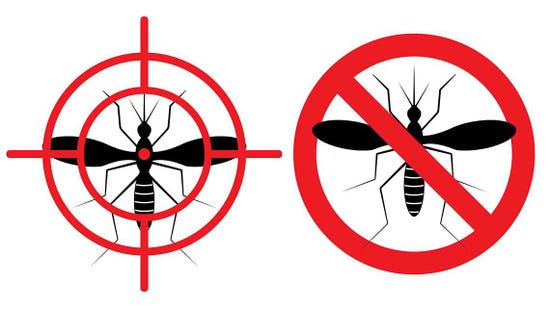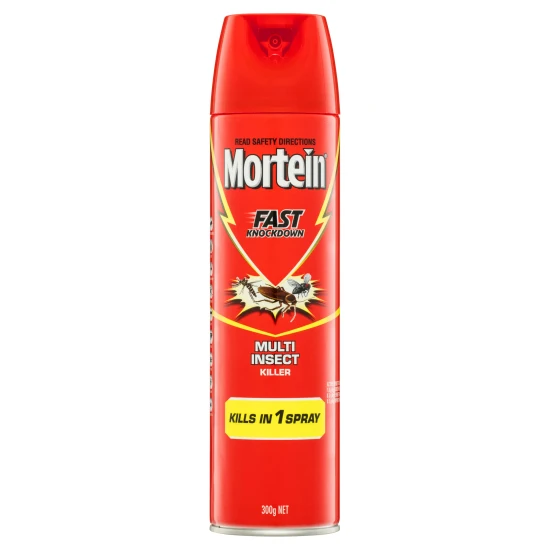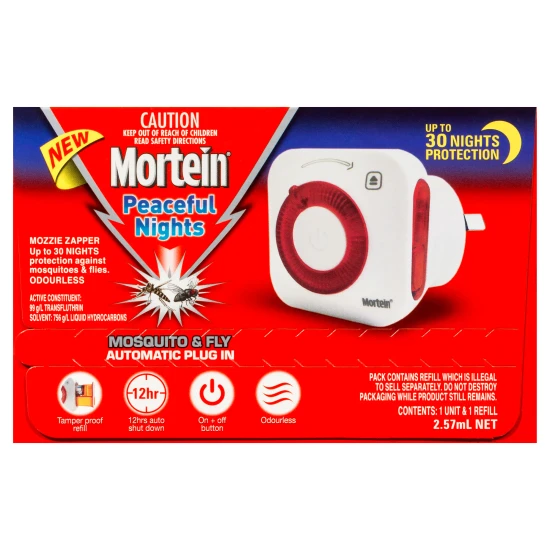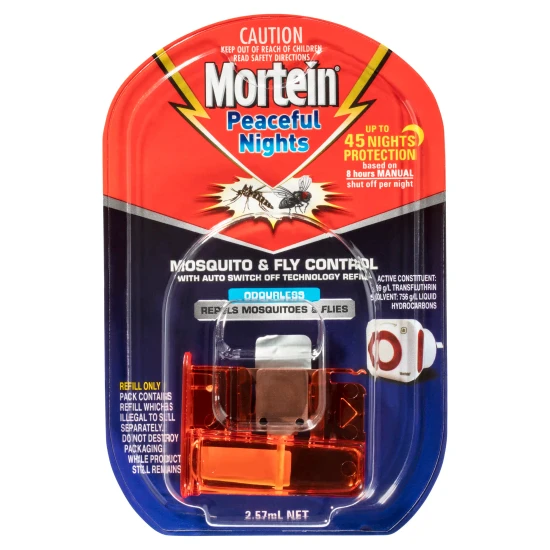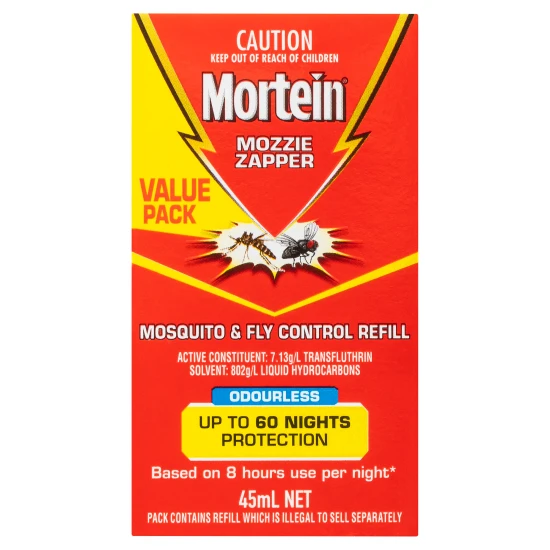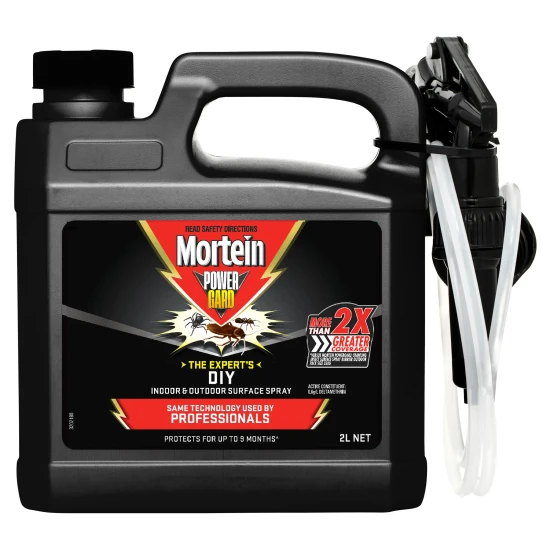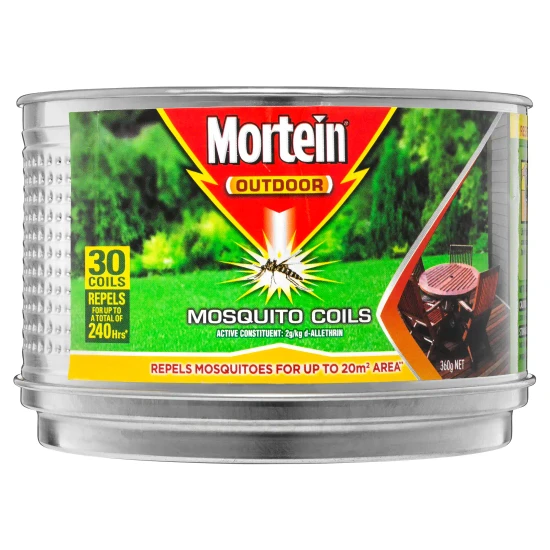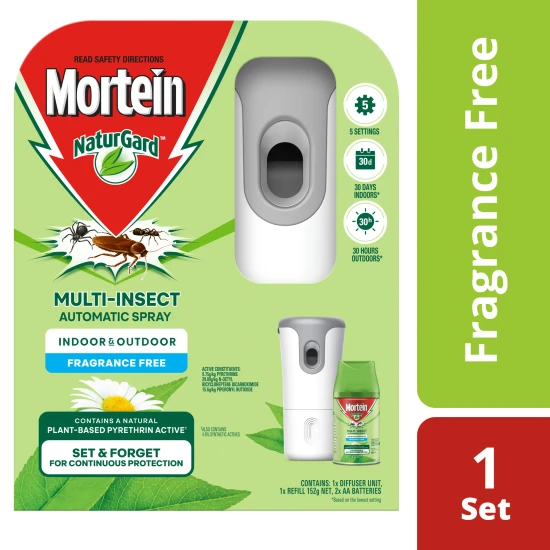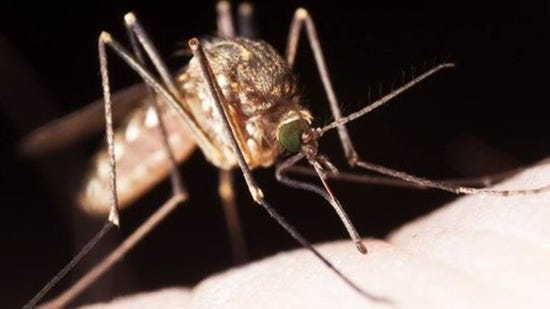
MOSQUITO
ABOUT MOSQUITO AND MOSQUITOES CONTROL
MOSQUITOES (FAMILY CULICIDAE)
These are small flies with long narrow wings with scales along the veins and wing margins. The mouthparts are formed into a long proboscis and the antennae in males are usually plumose. The larvae are aquatic and known as wrigglers and are often seen coming to the surface to breather through a siphon. They especially inhabit still water, often in small spaces like tree holes or even tin cans. The pupae are also aquatic and active. The adult females of most species feed on blood; the males never do so. The 300 Australian species feed at different times of the day and some are host specific. Generally they attack most vertebrates, even some fish. Feeding females can swell to twice their normal size.
Many mosquitoes are important disease carriers, acting as vectors for malaria (spread by Anopheles species), dengue fever (spread by Aedes aegypti), Ross River fever (spread by various Culex and Aedes species) and other parasites and viruses. The majority of species are tropical, and many are also distributed outside Australia.
Source: A field guide to insects in Australia - third edition - Paul Zborowski and Ross Storey - New Holand publishers



